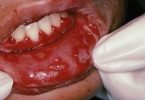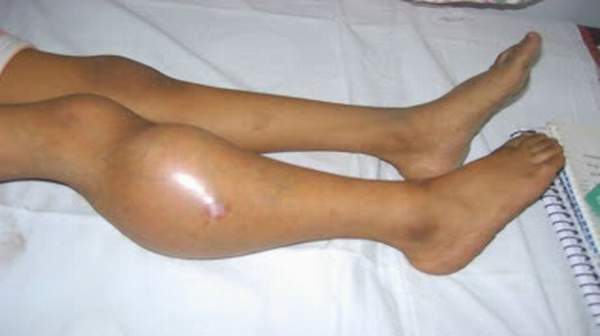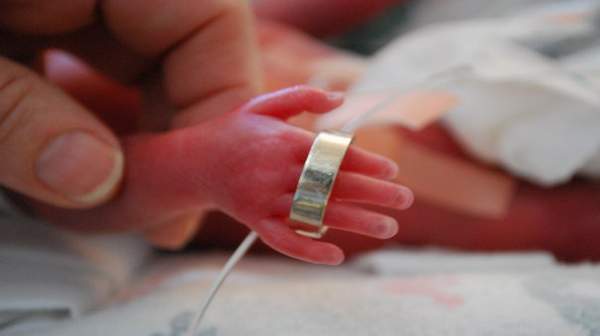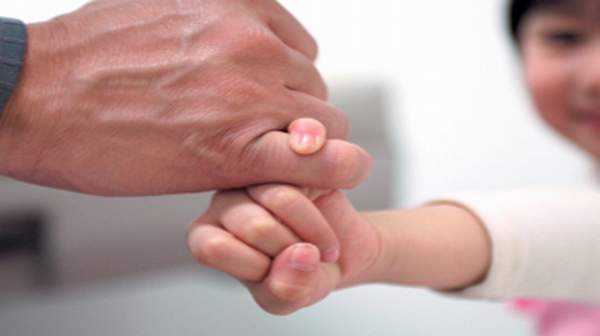What's in this article?
What is Gonococcal Infection?
Gonorrhea is a sexually transmitted infection (STI) caused by the bacteria Neisseria gonorrhoeae. It can infect both men and women and typically affects the urethra, rectum, or cervix.
Most new cases of the infection occur in women. Women who are infected with gonorrhea may also transmit the bacteria to their newborns during childbirth. According to the Mayo Clinic, gonorrhea infections in babies typically affect the eyes (Mayo Clinic, 2011).
According to the Centers for Disease Control and Prevention (CDC), there are 700,000 cases of gonococcal infections reported each year. The CDC also reports that gonorrhea is the second most common bacterial STI in the United States (CDC, 2011). Treatment for gonorrhea is effective and available. However, many cases go untreated.
Over time, the bacterium that causes gonorrhea can spread to the bloodstream and to other parts of the body. This can lead to a serious medical condition known as systemic gonococcal infection or disseminated gonococcal infection (DGI).
Other names for the infection are:
- gonococcemia disseminated
- gonococcal bacteremia
- gonococcal arthritis
Signs and symptoms of Gonococcal Infection
In women, the major genitourinary symptoms of gonorrhea include the following:
- Vaginal discharge : The most common presenting symptom of gonorrhea, vaginal discharge from endocervicitis is usually described as thin, purulent, and mildly odorous; however, many patients have minimal or no symptoms from gonococcal cervicitis
- Dysuria
- Intermenstrual bleeding
- Dyspareunia (painful intercourse)
- Mild lower abdominal pain
If the infection progresses to pelvic inflammatory disease (PID), symptoms may include the following:
- Lower abdominal pain: Most consistent symptom of PID
- Increased vaginal discharge or mucopurulent urethral discharge
- Dysuria: Usually without urgency or frequency
- Cervical motion tenderness
- Adnexal tenderness (usually bilateral) or adnexal mass
- Intermenstrual bleeding
- Fever, chills, nausea, and vomiting (less common)
In males, the major genitourinary symptoms of gonorrhea include the following:
- Urethritis: The major manifestation of gonococcal infection in men; initial characteristics include burning upon urination and a serous discharge; a few days later, the discharge usually becomes more profuse, purulent, and, at times, tinged with blood
- Acute epididymitis: Usually unilateral and often occurs in conjunction with a urethral exudate
- Urethral strictures: Have become uncommon in the antibiotic era, but they can present with a decreased and abnormal urine stream, as well as with the secondary complications of prostatitis and cystitis
- Rectal infection: May present with pain, pruritus, discharge, or tenesmus
In males and females, the classic presentation of disseminated gonococcal infection (DGI) is an arthritis-dermatitis syndrome. Joint or tendon pain is the most common presenting complaint in the early stage of infection. The second stage of DGI is characterized by septic arthritis. The knee is the most common site of purulent gonococcal arthritis.
In neonates, in whom bilateral conjunctivitis (ophthalmia neonatorum) often follows vaginal delivery from an untreated mother with a gonococcal infection, symptoms of gonococcal conjunctivitis include the following:
- Eye pain
- Redness
- Purulent discharge
Who is at Risk for Developing DGI?
Although gonorrhea is a common STI, certain groups have a higher risk for developing DGI. These include:
- people who have unprotected sex
- people with multiple sex partners
- men and women who are under the age of 25
- men and women who engage in sex work
Management
For uncomplicated urogenital, anorectal, and pharyngeal gonococcal infection, a drug regimen using ceftriaxone plus either azithromycin or doxycycline may be used. Antimicrobial drugs used alone or in various combinations in other gonococcal infections include the following:
- Gonococcal arthritis: Ceftriaxone
- Gonococcal conjunctivitis: Ceftriaxone
- Gonorrhea contributing to PID: Cefoxitin, ceftriaxone, doxycycline, metronidazole, cefotetan, clindamycin, gentamicin
- Gonococcal epididymitis: Ceftriaxone, doxycycline
- DGI: Ceftriaxone, cefotaxime, ceftizoxime
- Gonococcal meningitis and endocarditis: Ceftriaxone
How to Treat DGI?
Treatment for DGI typically includes the use of antibiotics. Penicillin was once the primary treatment for gonorrhea. However, antibiotic-resistant strains of gonorrhea have made penicillin ineffective for treating this condition. Antibiotics called cephalosporins are often used to treat gonorrhea. Typically, these medications are administered through a vein in your arm (intravenously) rather than by mouth.
Treatment for DGI also involves identifying the source of the infection. If you have gonorrhea, your doctor will ask you about your sexual partners. These partners will need to be tested and treated if they have the infection. This must be done to prevent the spread of the disease.





